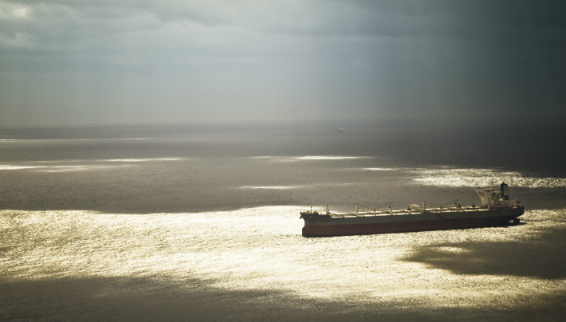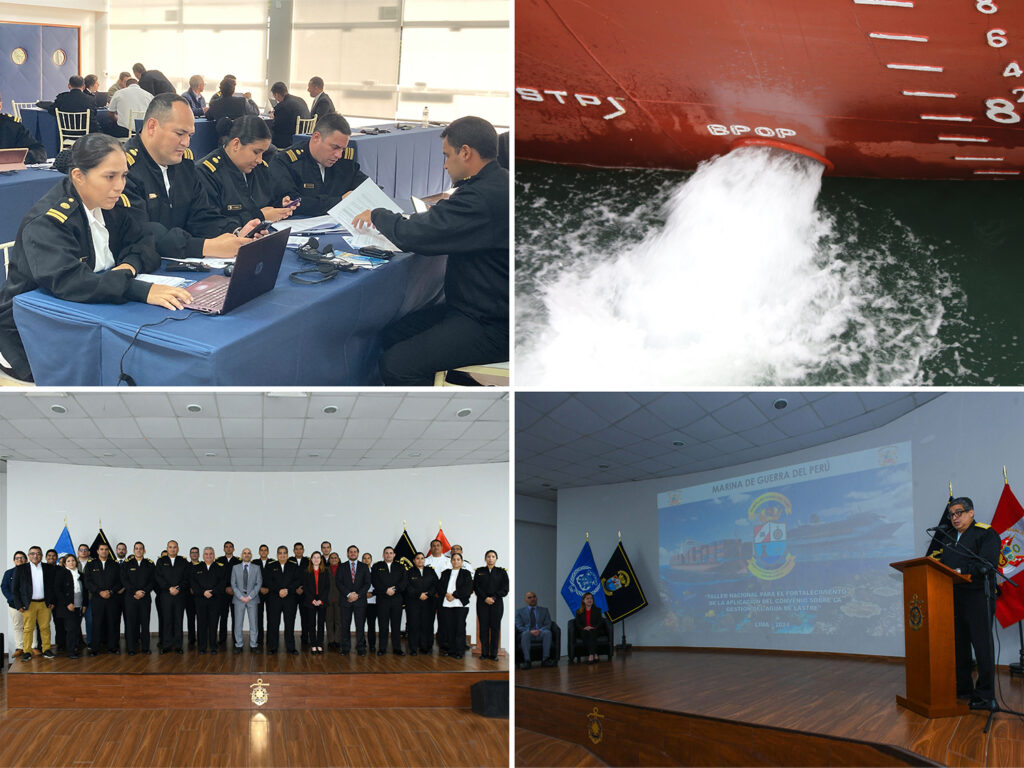Europe’s freight bills are set to rise as the impact of EU ETS kicks in. The rise in the movement of younger vessels in Europe in 2024 authenticates the preference for more efficient vessels in the region to reduce emissions and reduce ETS-related costs.
EU’s ‘Fit for 55’ package and EU MRV regulation
The cap-and-trade system of emission allowances, which will require shipowners to purchase European Union Allowances (EUAs) equivalent to the CO2 emitted from the vessel during the voyages, came into force on 1 January 2024. Almost 30% of the vessels trading in Europe are dry bulk carriers, according to the EU MRV data (2023), comprising the largest proportion of vessels that are vulnerable to the impact of the decarbonisation regulations. Hence, the criticality for dry bulk shipping.
Figure 1: Share of vessels trading in Europe, 2023
Source: EU MRV data 2023
n tandem with the decline in the total number of vessels calling at EU ports in 2023 compared to 2022, the dry bulk vessels calling EU ports reduced from 4,248 in 2022 to 3,211 in 2023, registering the highest decrease of 24% among all major sectors. The CO2 emissions per dwt reduced 6% in 2023 compared to 2022.
Of the fleet of dry bulk vessels operating in Europe, three-quarters belong to the traditional Supramax, Ultramax, Kamsarmax, and mid-size as well as large Handysize vessel categories. This composition has not changed substantially YoY, with these segments being the top five categories in 2022 and 2023, as substantial commodities such as coal, grain and minor bulk are traded intra-Europe in these segments.
Figure 2: Share of vessels calling at European ports, 2023
Source: EU MRV data 2023, Drewry Maritime Research
The 24% decline in the number of vessels operating in the EU is spread across vessel segments with the maximum decline in Kamsarmax vessels.
Drewry analysed the MRV data of ships that called European ports in 2022 and 2023, and the corresponding AIS data of these vessels showed a substantial decline in the number of calls in 2024 at those European ports.
However, Drewry’s analysis of the total port calls made at European ports in 2023 and 2024 between January and July shows a relatively modest decline. Therefore, the lower vessel calls in 2024 by those vessels that had been calling regularly in 2022-23 is indicative of a shift in the vessel characteristics that are now trading in the region.
Figure 3: Number of port calls by vessels that were calling European ports in 2022 and 2023
Note: Europe includes the EU-27 economies as well as Iceland, Liechtenstein and Norway that fall under the purview of EU ETS.
Shipowners are now sailing younger and more efficient vessels to save costs on carbon-related emissions. Based on AIS tracking of vessel movements, of all the ships that called European ports in 2023, 1,644 of those vessels have not called at any port in the region in January-July 2024, and none of these vessels are 0-5 years old.
Figure 4: Vessels that called at European ports in 2022-2023 but not 2024
Source: Drewry AIS
Additionally, the AIS movement indicates that 1,644 vessels that have now moved out of Europe in 2024 and operating elsewhere are now majorly trading in Asia-Pacific. Australia-China, Indonesia-China, Brazil-China, Indonesia-India and India-China are the major routes on which these vessels have been operating this year.
Impact in Europe
The share of younger vessels calling at European ports has edged up in 2024 after EU ETS came into force. This will raise the freight bill of traders in the region, in line with the premium on eco vessels. Ship operators are choosing to move younger fleet in the region as EU ETS is poised to raise fuel costs due to the added cost of emissions.
Figure 5: Age share of vessels calling at European ports
Note: Data analysed for the period January-July.
Drewry has analysed the increase in fuel cost (bunker cost + cost of emissions) relative to the cost of bunker for a 2017-built Supramax vessel without a scrubber, using VLSFO and operating on the Brazil-ARA route as a case-in-point. A rise of 13% in fuel costs is expected in 2024 relative to the bunker price due to the additional costs of emissions. This will rise to 22% in 2026.
Figure 6: Cost of emissions (USD) and increase in fuel cost relative to cost of bunker
Source: Drewry Maritime Research
Fgure 7: Annual average cost of emissions
Note: Drewry has assessed the average annual cost of emissions in 2024, 2025 and 2026 for different vessel types based on the 2023 MRV data (considering CO2 emissions only). This analysis is based on 100% phase-in of EU ETS by 2026 which covers 50% emissions of inter-Europe voyages and 100% for intra-Europe voyages. Since EU ETS was introduced on 1 January 2024, the EU ETS cost will only apply for emissions in 2024, based on the number and type of vessels that actually call at European ports in 2024.The cost of one EUA has been assumed to be €100, where €1 = $1.1.
Related : Europe’s ports: Ready for the market uptake of new shipping fuels

Conclusion
An analysis of the EU’s recently released MRV data for 2023 shows the highest decrease of 24% in the number of dry bulk vessels compared to all major sectors calling at European ports in 2023, while the corresponding CO2 emissions per dwt reduced 6% in 2023 compared to 2022.
In addition to the carbon emissions-induced financial costs on shipowners, a tangential impact is likely on the freight market in Europe as newer and more efficient vessels are now moving in the region, indicating a shift towards reducing emissions and minimising ETS-related costs.
When the impact of EU ETS will intensify in 2025 and 2026, the trend of operating more efficient vessels in Europe will expedite.
(Note: As part of the EU’s decarbonisation regulations, the ETS Trading System Directive and FuelEU Maritime Regulation comprise critical components of the EU’s ‘Fit for 55’ package.
The foundation of the regulations will be the EU Monitoring, Reporting and Verification (MRV) system, whereby all vessels calling ports in the EU must report their carbon emissions yearly on the EU MRV platform.)
Source : Drewry











